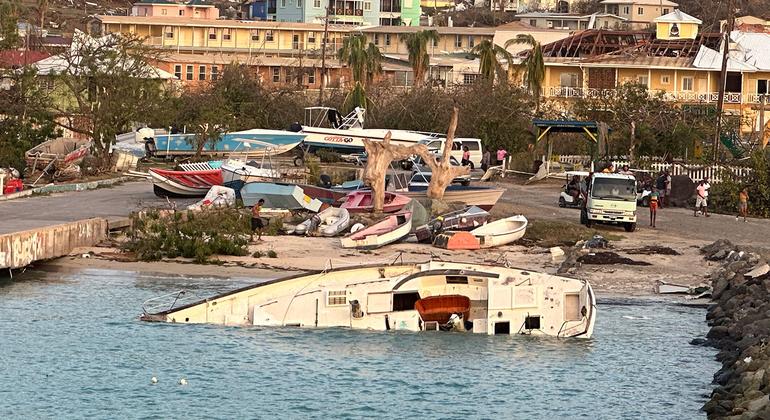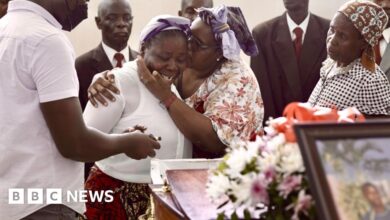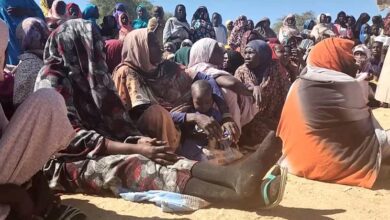Hurricane Beryl highlights need for strong early warning systems

Beryl is strongest storm formed in the Atlantic Ocean in June and rapidly strengthened from a tropical depression to a Category 4 hurricane, then briefly reached Category 5 with winds of up to 240 km/h (150 mph).
The storm made landfall in Texas early Monday morning local time as a Category 1 hurricane, bringing dangerous storm surge and the risk of flash flooding.
According to the World Meteorological Organization of the United Nations (World Meteorological Organization) Miami specialized regional center, operated by the United States National Hurricane Center (NHC).
Need to be more vigilant
The WMO also warned of a very active hurricane season, with up to 25 named storms expected in November. Among them, Eight to 13 could develop into hurricanes..
“We need to be especially vigilant this year. due to near-record ocean temperatures in the Atlantic hurricane formation region and a shift to La Niña conditions, which together create conditions for increased hurricane formation,” said Ko Barrett, WMO Deputy Secretary-General.
“This is why WMO and its partners have Early warning action is prioritized in small islands under international law Early Warning for All Initiative“ .
‘A thought-provoking photo’ in Jamaica
As access improves, the full impact of Storm Beryl is becoming clear.
United Nations humanitarian teams in Jamaica, where the storm made landfall at 5:00 p.m. on July 3, reported a “sober picture” belong to widespread damage and destruction“ .
More than 250 roads and critical infrastructure were severely damaged by fallen trees, flooding and storm surges. Many homes lost their roofs, according to a humanitarian bulletin released on Sunday.
“[A UN team] visited Old Harbor Bay, Portland Cottage, Rocky Point, Alligator Pond and Treasure Beach. They saw many families in need of water, food, hygiene and home reconstruction supplies, as well as psychological support.”
An estimated 160,000 people, including 37,000 children, are in need of humanitarian assistance.

Devastation caused by Hurricane Beryl on Carriacou Island in Grenada.
‘Significant destruction’
In the eastern Caribbean, where Hurricane Beryl first made landfall on July 1, islands were reported “serious damage” and “significant destruction”.
“Exact figures remain a challenge, as assessments are still underway amid damage to logistics, electricity and communication services, as well as power outages,” the UN Office for the Coordination of Humanitarian Affairs (OCHA) said in a news release also released on Sunday.
Damage to small airstrips and reliance on smaller boats are hampering logistical efforts, complicating assessment and aid delivery.
In Grenada, Carriacou and Petite Martinique, as well as the northern regions, were the worst affected, with public transport links between Carriacou and the mainland restricted.
Union Island in Saint Vincent and the Grenadines has also been severely affected. Authorities are moving vulnerable people into tourist accommodation and conducting assessments. An unspecified number of people have been evacuated from the island.
The United Nations responded quickly.
Meanwhile, The United Nations teams are support national and regional authorities in ongoing assessment and support missions.
United Nations Disaster Assessment and Coordination (UNDAC) teams have also been deployed to Grenada, Saint Vincent and the Grenadines to support the response.
In Jamaica, the United Nations Children’s Fund (UNICEF) has finalized its response plan and sent a request for funding to key humanitarian donors to meet the urgent needs of affected children and families. The agency is also working with other agencies under the leadership of the UN Humanitarian Coordinator to prepare a joint appeal for emergency funding.




